Mokcheon Jip (Encore Kalguksu) (목천집 (앵콜칼국수))
5.8Km 2017-01-25
69, Hyoryeong-ro 52-gil, Seocho-gu, Seoul
+82-2-525-8418
Located nearby Seoul Art Center, Mokcheon Jip offers various kalguksu (noodle soups) like pat kalguksu (red bean noodle soup), and maesaengi kalguksu (noodle soup with seaweed).
Heunginjimun Gate - Dongdaemun Gate (흥인지문)
5.8Km 2024-10-10
288, Jong-ro, Jongno-gu, Seoul
+82-2-2148-1842
Heunginjimun Gate was built to protect Hanseongbu, which historically housed essential government facilities. Heunginjimun Gate was the gate on the east side of the outer wall of Seoul Fortress among eight gates. It is referred to as Dongdaemun Gate as well. The gate was constructed during King Taejo’s 5th year in 1396, remodeled during the reign of King Danjong in 1453, and was newly built in 1869 during the sixth year of King Gojong’s reign in 1869.
The gate features a hipped roof with five front and two side compartments on a two-storied building. The thin and weak bracket system supports the eaves and is excessively decorated, reflecting the construction features of the late Joseon period. Also, outside of the fortress is the half-circle-shaped Ongseong, a small wall, to protect the gate.
One of the unique factors of Heunginjimun Gate is that it is the only gate among Seoul’s eight to have Ongseong, further exhibiting the style of construction used during the late Joseon period.
Hanok Stay Unnie house [Korea Quality] 한옥스테이 언니집 [한국관광 품질인증]
5.8Km 2024-08-14
13-3, Wangsan-ro 5-gil, Dongdaemun-gu, Seoul
+82-504-0904-2568
Unnie house ("Sister House") on Wangsan-ro, Dongdaemun-gu, Seoul, is a private hanok stay in the heart of the city. The house is inside an alleyway, where it’s quiet and tranquil. The accommodation consists of a living room, kitchen with exposed beams, lounge with a beam projector for watching movies, bathroom, bedroom, separate tea ceremony room, and yard. The absence of clutter and attention to detail in this space will heal and relax.
Seoul Yangnyeongsi Market (서울 약령시장)
5.8Km 2021-06-09
10, Yangnyeongjungang-ro, Dongdaemun-gu, Seoul
+82-2-969-4793
"Yangnyeongsi," which literally means medicine city district, refers to a central Oriental medicine district formed near major cities where medicinal herbs are collected and produced. Yangneongsi were first established by royal order during the Joseon dynasty for the purpose of effective production, distribution and management of medicinal products and herbs.
Seoul Yangnyeongsi Market history is relatively short, having formed naturally in the mid-1960s by medicinal herb merchants who gathered here seeking to sell their products with the city bus terminal and Cheongnyangni Station as their central base. Originally, these merchants came to Seoul through the old Seongdong Station and Chyeongnyangni Station after the Korean War, seeking to sell medicinal herbs and vegetation products that were cultivated and collected in the Gyeonggi-do and Gwangwon-do regions. This small market that was once open on an empty plot of land was later authorized as an official market establishment. Road and railroad developments between Gangwon-do and Seoul were followed and by the 1970s, the market grew into what is now seen today. The name Seoul Yangnyeongsi Market was given by the Seoul mayor in 1995.
Dongdaemun Bonga Gamasot Seolleongtang (동대문본가가마솥설렁탕)
5.8Km 2024-03-15
299-1 Jong-ro, Jongno-gu, Seoul
+82-2-741-1510
Dongdaemun Bonga Gamasot Seolleongtang is a seolleongtang (ox bone soup) restaurant located near Dongdaemun Fashion Market. The rich-tasting seolleongtang is boiled for 24 hours in a traditional cast-iron pot, using beef from ten different parts of the cow, and the process is visible from outside the restaurant. It is recommended to enjoy the seolleongtang wrapped in rice with a side of tangy radish kimchi. Yennal bulgogi (old-fashioned bulgogi) and yukhoe bibimbap (beef tartare bibimbap) made with Korean beef are also popular menu items.
Yuil Seolleongtang (유일설렁탕)
5.8Km 2021-03-29
154, Yongmasan-ro, Gwangjin-gu, Seoul
+82-2-452-5860
It is a store that has been in operation since 1987. This Korean dishes restaurant is located in Gwangjin-gu, Seoul. The most famous menu is ox bone soup.
Onnuri Pharmacy - Jongno Branch [Tax Refund Shop] (온누리약국 종로)
5.8Km 2024-04-19
1F, 293, Jong-ro, Jongno-gu, Seoul
-
Namsangol Hangawi Festival Samsamorak (남산골 한가위축제 삼삼오락)
5.8Km 2024-10-02
28 Toegye-ro 34-gil, Jung-gu, Seoul
+82-2-6358-5533
Namsangol Hangawi Festival Samsamorak is a traditional culture event that takes place every year during the Chuseok holiday period. Through the festival, visitors of all ages and nationalities can enjoy various culture programs for free at Namsangol Hanok Village in the heart of Seoul.
World Pansori Festival (월드판소리페스티벌)
5.8Km 2025-07-30
28 Toegye-ro 34-gil, Jung-gu, Seoul
+82-2-904-2835
World Pansori Festival is an international music festival that aims to promote pansori, the traditional Korean epic chant, and its values. The festival consists of a variety of performances and concert programs based on its yearly theme. In addition, the festival also has interactive activities for the attendees, such as a free pansori lesson and arts-and-crafts, to make pansori and traditional Korean music more accessible to the public.
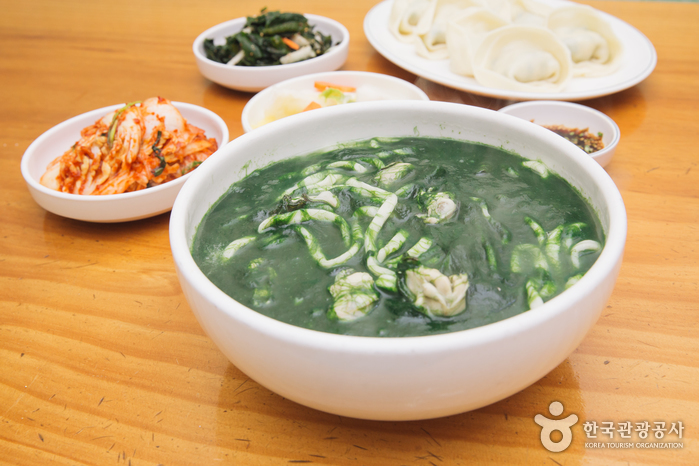
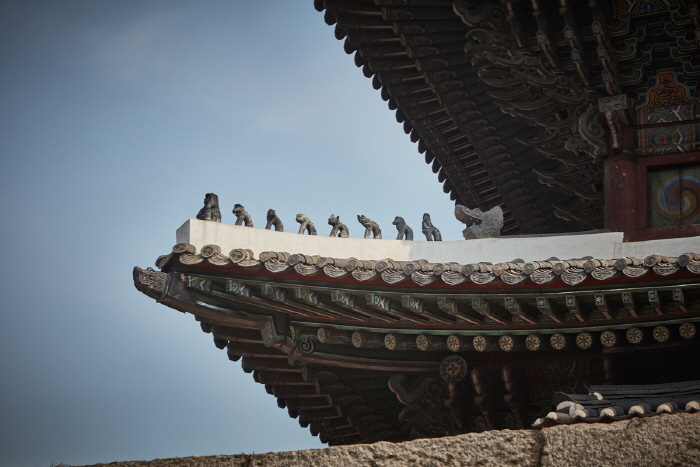
![Hanok Stay Unnie house [Korea Quality] 한옥스테이 언니집 [한국관광 품질인증]](http://tong.visitkorea.or.kr/cms/resource/00/2948900_image2_1.jpg)

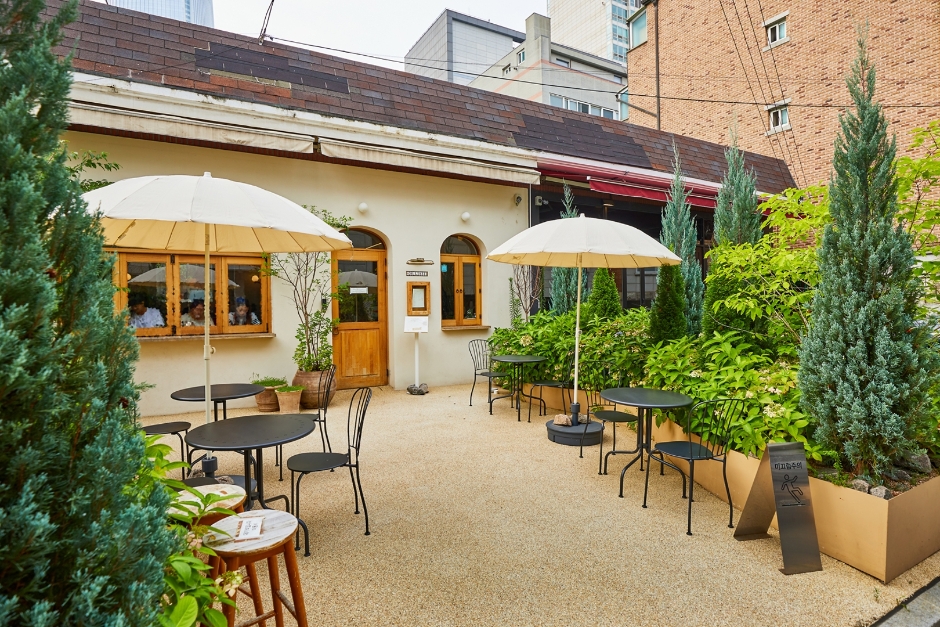
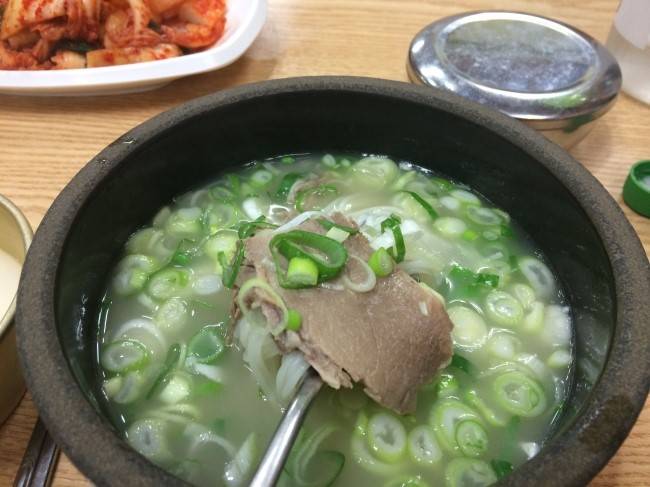
![Onnuri Pharmacy - Jongno Branch [Tax Refund Shop] (온누리약국 종로)](http://tong.visitkorea.or.kr/cms/resource/89/2878189_image2_1.jpg)
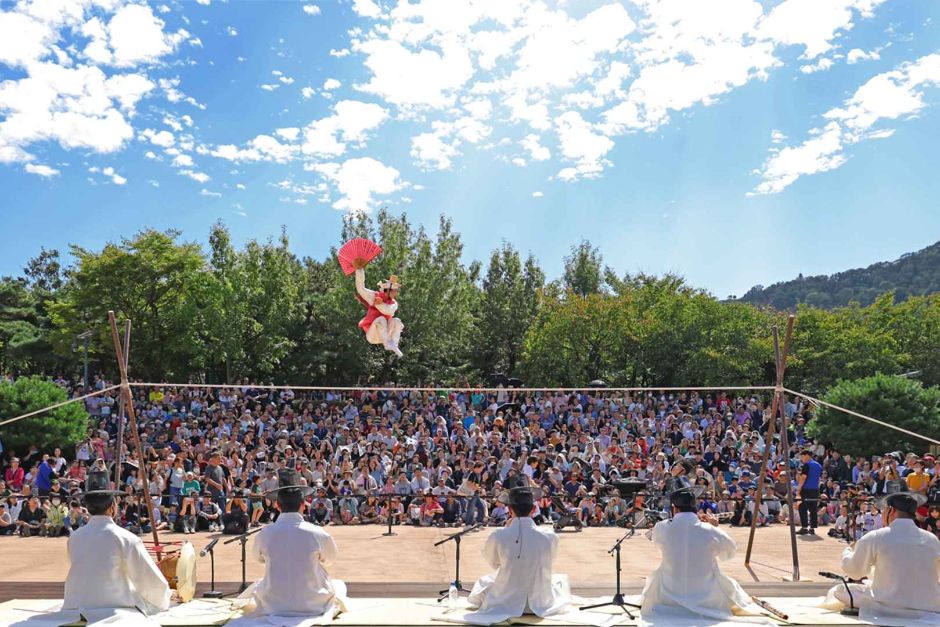
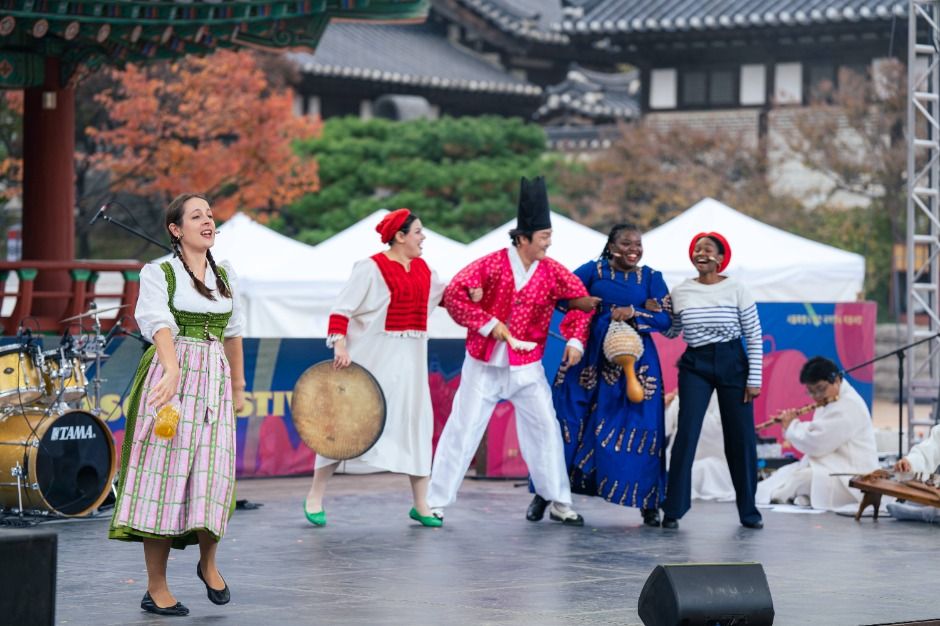
 English
English
 한국어
한국어 日本語
日本語 中文(简体)
中文(简体) Deutsch
Deutsch Français
Français Español
Español Русский
Русский